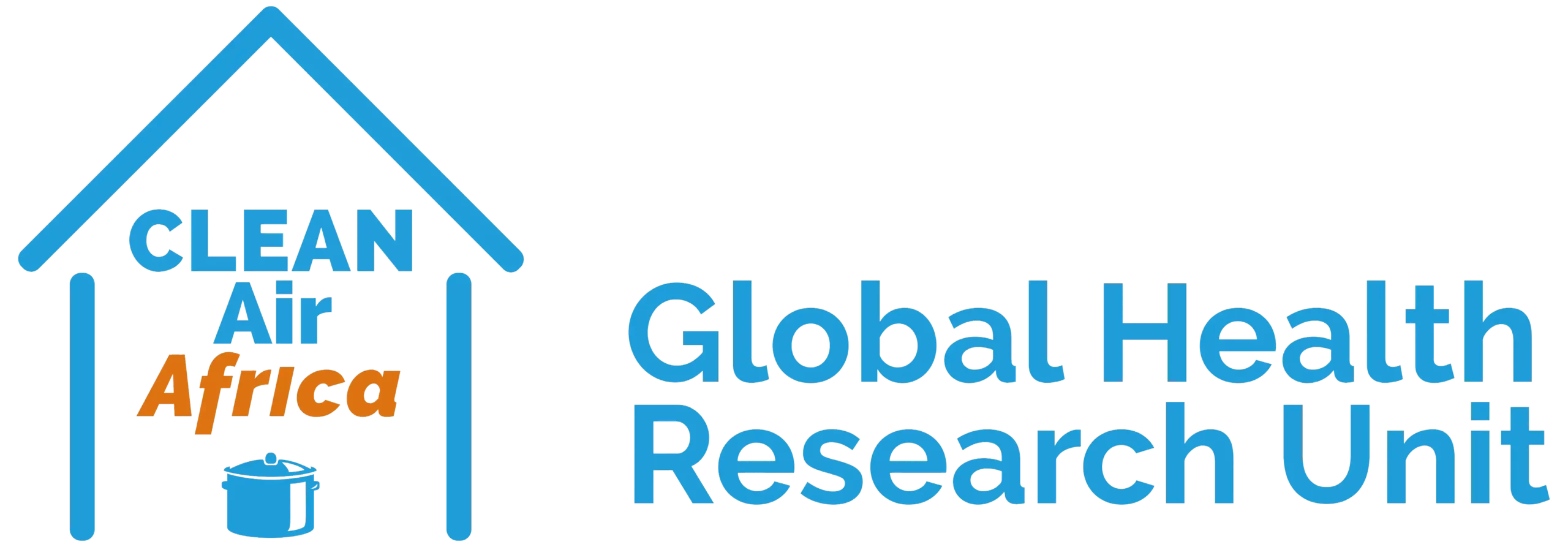In this first presentation Dr. Rachel Anderson de Cuevas, a social science research expert at the University of Liverpool, gives an overview of qualitative and mixed-methods approaches to household air pollution research in countries with a high associated disease burden and explores the types of research question these approaches can address.
The presentation draws on relevant examples from CLEAN-Air(Africa) research conducted in Ghana, Kenya, and Cameroon.
Dr Anderson de Cuevas discusses factors influencing the choice of research approach and presents different types of qualitative research design, data collection methods, and sampling techniques.

